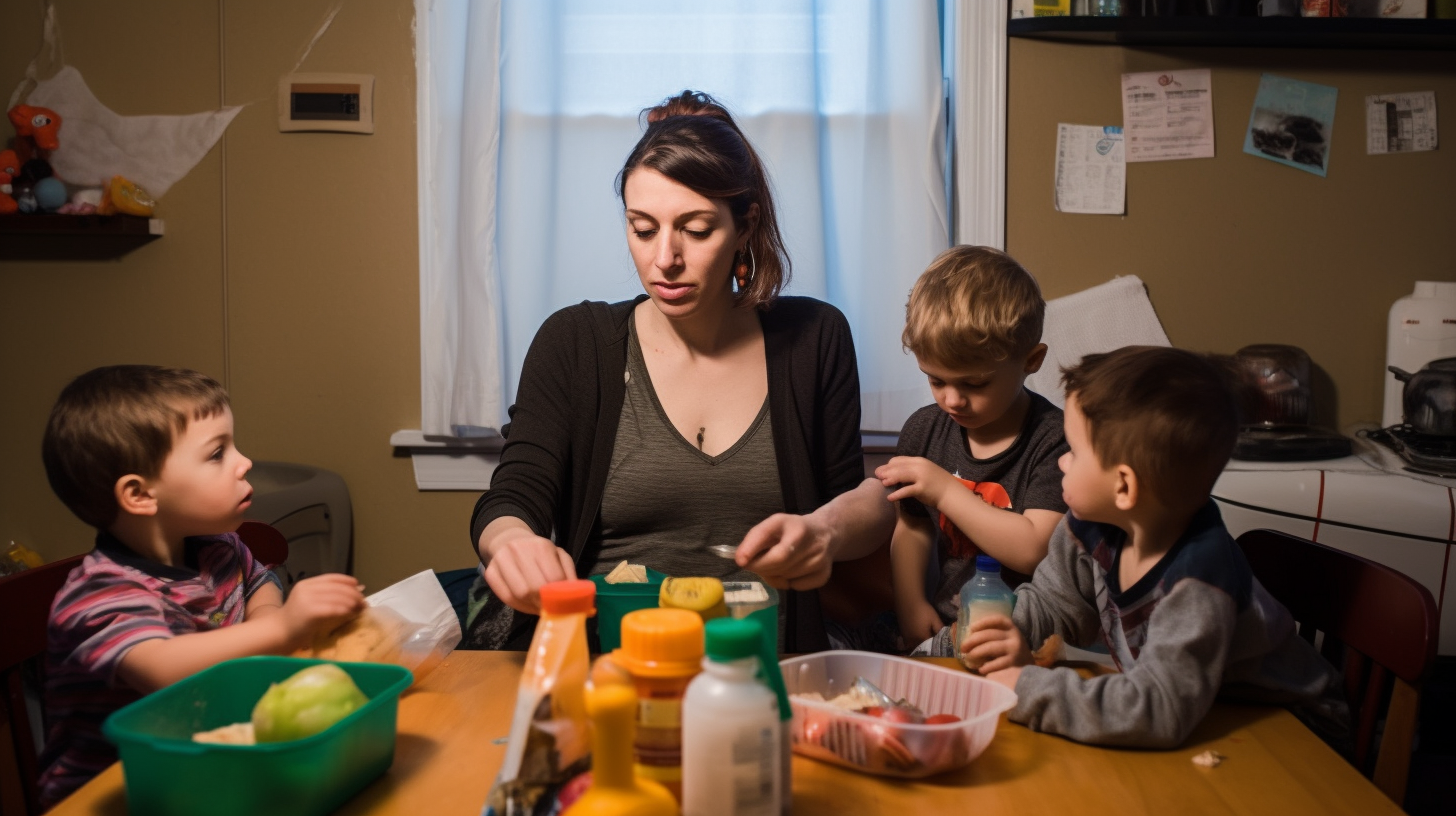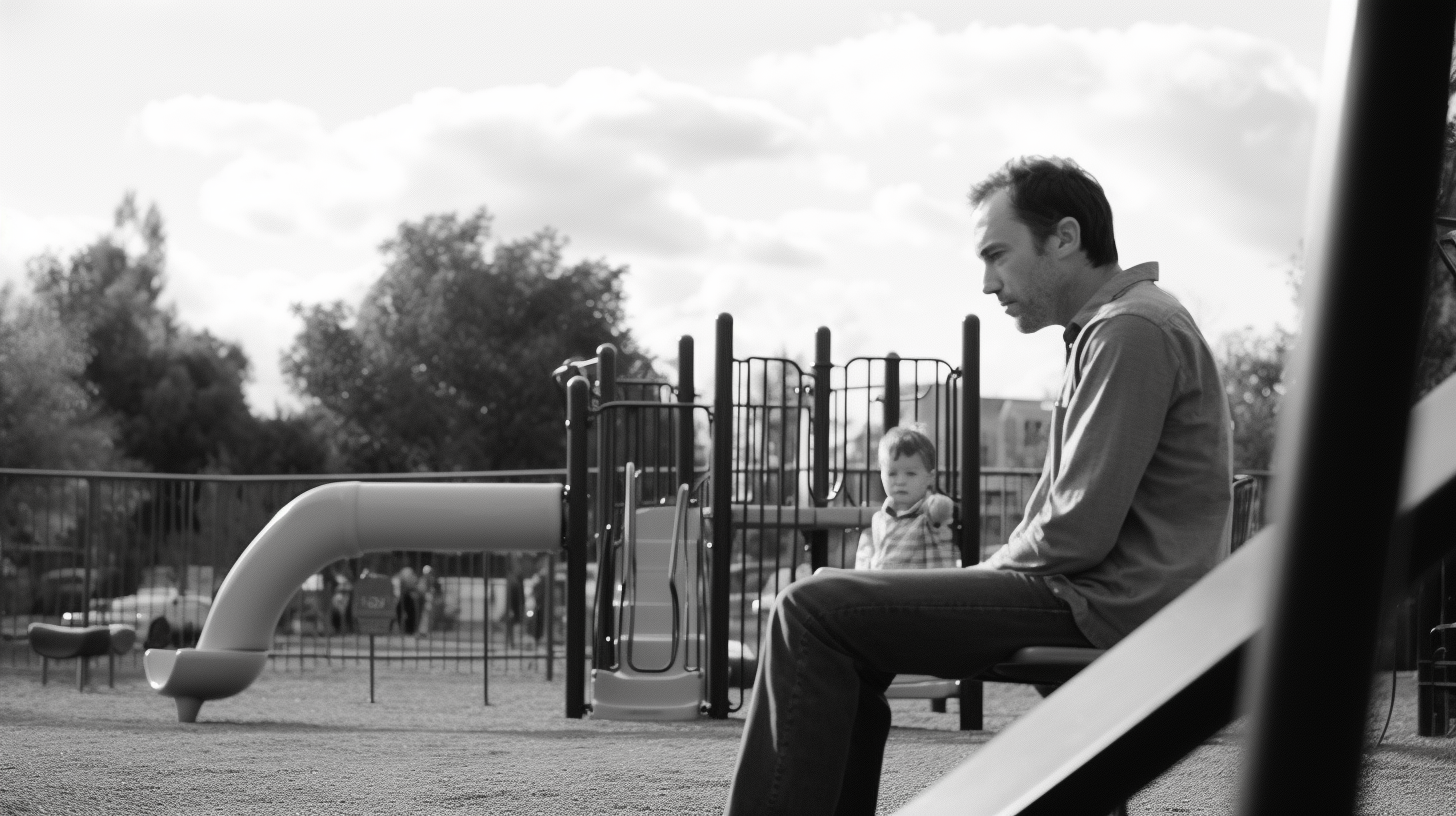Tips for Effective Communication with Children: Key Strategies for Building Strong Connections
Welcome to our comprehensive guide on effective communication with children! As parents, guardians, or caregivers, we all know that building strong connections with children is crucial for their emotional well-being and overall development. Effective communication plays a vital role in fostering these connections, as it helps us understand and connect with children on a deeper level.
In this tutorial, we will explore key strategies and techniques that can help you communicate effectively with children. Whether you’re a parent looking to improve your relationship with your child or a teacher seeking better ways to connect with your students, this guide will provide you with practical tips and insights to enhance your communication skills.
Why Effective Communication Matters
Before diving into the strategies, let’s take a moment to understand why effective communication is so important when it comes to interacting with children. Effective communication:
- Builds Trust: When children feel heard and understood, they develop trust in their caregivers or teachers. This trust forms the foundation of a healthy relationship.
- Promotes Understanding: Clear communication helps children understand expectations, rules, and boundaries. It also allows them to express their thoughts, feelings, and needs more effectively.
- Fosters Emotional Development: By encouraging open and honest communication, we create an environment where children feel safe expressing their emotions. This fosters emotional intelligence and helps them develop healthy coping mechanisms.
- Enhances Problem-Solving Skills: Effective communication encourages critical thinking and problem-solving skills in children. It enables them to articulate their concerns and find collaborative solutions.
Key Strategies for Effective Communication with Children
Now that we understand the importance of effective communication let’s explore some key strategies that can help us build strong connections with children:
1. Active Listening
Active listening is the foundation of effective communication. It involves giving our full attention to the child and truly hearing what they have to say. Here’s how you can practice active listening:
- Be Present: Eliminate distractions and give your undivided attention to the child. Maintain eye contact and use non-verbal cues, such as nodding, to show that you are engaged in the conversation.
- Reflect and Clarify: Repeat or rephrase what the child has said to ensure that you have understood correctly. Ask open-ended questions to encourage further discussion.
- Show Empathy: Validate the child’s feelings by acknowledging their emotions. Offer support and understanding without judgment.
Anecdote: Let’s say your child comes home from school and seems upset. Instead of immediately asking them what happened, practice active listening by saying, “I can see that something is bothering you. Would you like to talk about it?” This approach shows empathy and creates a safe space for the child to express their feelings.
2. Use Age-Appropriate Language
When communicating with children, it’s important to use language that they can understand. Tailoring your language to their age level ensures clarity and promotes effective communication. Consider these tips:
- Simplify Complex Concepts: Break down complex ideas into simpler terms that children can grasp easily.
- Use Visual Aids: Visual aids, such as pictures or diagrams, can enhance understanding and make communication more engaging.
- Encourage Questions: Create an environment where children feel comfortable asking questions. This helps clarify any confusion they may have.
Anecdote: Imagine you’re explaining the concept of gravity to a young child. Instead of using scientific jargon, you can say, “Gravity is what keeps us from floating away into space. It’s the reason why objects fall down instead of up.”
3. Be Mindful of Body Language
Non-verbal cues play a significant role in communication, especially when interacting with children who may not have fully developed verbal skills. Here are some tips to consider:
- Use Positive Body Language: Smile, maintain an open posture, and use gentle gestures to convey warmth and approachability.
- Respect Personal Space: Give children their personal space and avoid invading it unless necessary.
- Pay Attention to Their Body Language: Observe the child’s non-verbal cues, such as facial expressions and body movements, to gauge their emotions and level of comfort.
Anecdote: When comforting a child who is upset, crouch down to their eye level, offer a gentle touch or hug (if appropriate), and maintain a calm demeanor. This non-verbal communication can help them feel safe and understood.
4. Encourage Open Communication
To promote open communication with children, it’s important to create an environment where they feel comfortable expressing themselves. Consider these strategies:
- Show Respect: Treat children with respect by actively listening to their opinions and ideas without dismissing or belittling them.
- Create a Safe Space: Foster an atmosphere where children feel safe sharing their thoughts and feelings without fear of judgment or punishment.
- Be Patient: Give children time to express themselves. Avoid interrupting or finishing their sentences.
Anecdote: During family discussions, encourage each family member, including children, to share their thoughts and opinions. Emphasize that everyone’s voice is valued and respected.
5. Use Positive Reinforcement
Positive reinforcement is a powerful tool in effective communication with children. It encourages desired behaviors and strengthens the bond between adults and children. Consider these tips:
- Offer Specific Praise: Acknowledge and praise the child’s efforts and achievements using specific examples. This reinforces positive behavior.
- Show Appreciation: Express gratitude for the child’s cooperation or contribution, as it encourages them to continue engaging in positive communication.
- Use Rewards Wisely: Utilize rewards sparingly and ensure they are appropriate for the situation. Over-reliance on rewards can diminish intrinsic motivation.
Anecdote: When your child completes a task independently, such as tidying up their toys, offer specific praise like, “Great job organizing your toys! I appreciate your effort in keeping our space clean.”
In Conclusion
Effective communication with children is essential for building strong connections and nurturing their emotional development. By practicing active listening, using age-appropriate language, being mindful of body language, encouraging open communication, and utilizing positive reinforcement, we can create an environment that fosters healthy communication habits.
Remember, effective communication is a skill that develops over time with practice. By implementing these strategies consistently, you’ll not only improve your relationship with children but also empower them to become effective communicators themselves. Let’s embark on this journey of effective communication and watch our connections with children thrive!




